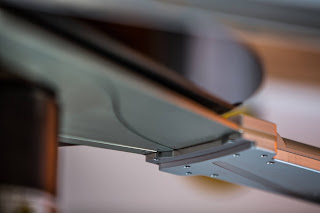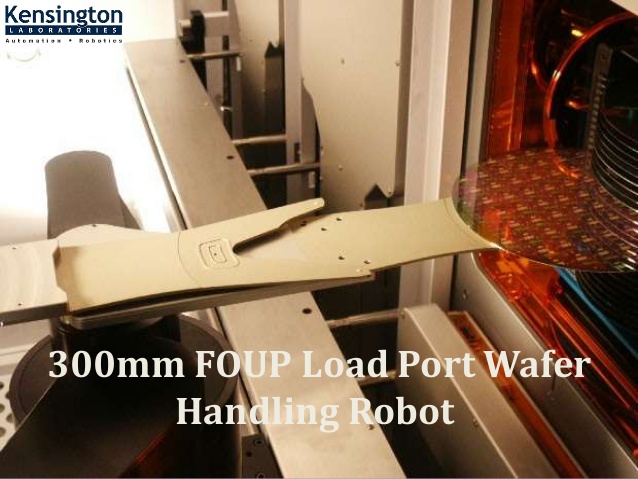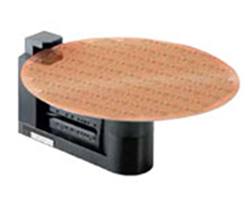How Wafer Automation Helps Overcoming Productivity Challenges?
The complexity in the outsourced assembly and test (OSAT) the industry is blowing up owing to higher functionality demand, longer battery
life, and thinner forms in handheld devices. OSAT factories are readily using
complex packaging technologies for blurring the line between wafer packaging
and wafer processing. Through Wafer Automation we are able to meet the challenges of various wafer-level
architectures, like modern wafer fabrication.
The traditional packaging methods are no longer relevant; wafer automation has taken up the
transition. The fabrication life cycles, characteristics, and activities have
to be carefully learned before deploying in the OSAT environment. In this
competitive wafer-level packaging (WLP) era, it is crucial to have higher-level
manufacturing capabilities and engineering resources.
Comparison
Traditional OSAT production is relatively low-margin, and
all the packaging services were in support of wafer requirements. The advanced
packaging applications have relatively high margins and are growing much faster
than the semiconductor industry. The OSAT companies are overcoming the
competitive and technological challenges using Kensington wafer automation to reduce waste and errors, and get higher levels
of output. The various automation strategies increase responsiveness and
flexibility leading to more efficiency.
What Are The Automation Strategies For WLP?
WLP factories face challenges to deliver multiple products
of various sizes at acceptable yield levels that manage varying levels of
complexity and handles time commitments with the latest methodologies. They
closely resemble wafer fabrication in structure, performance, and operations.
The WLP factories need tools for photolithography, sputter, CMP, dielectric
deposition, plating, cleaning, inspection, measurement, and testing. Each
equipment to be used should be single-wafer, so that batch operations meet the
production requirements. The production tools and automated material handling
systems should be 300mm for operations. The monitoring and controlling of such
complex production operations are beyond the OSAT companies did in the past.




Comments
Post a Comment